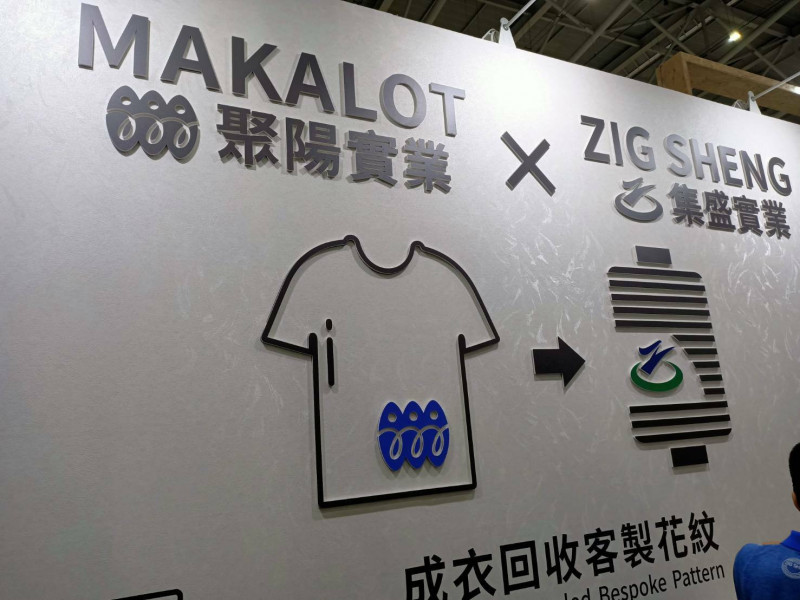The domestic textile industry cooperates to create "recycled garments" with a recycling rate of up to 30%.
(Photo by reporter Huang Haochen)
[Reporter Huang Haochen/Taipei Report] In recent years, global companies have emphasized ESG. While focusing on fast fashion in clothing, a large number of discarded textiles have also been generated. According to industry statistics, 85% of them are buried or incinerated. Domestic companies use polyester to recycle clothing. , There are also textile companies to develop "recycled garments", but in the process of research and development, because the recycling of fabrics is mixed with multiple colors, it is easy to affect the color matching accuracy of the fabrics, and the production cost is also high, which is still the focus of the industry to overcome in the future. .
Nanya (1303), a subsidiary of Formosa Plastics (1301) Group, established the “SAYA” eco-friendly apparel recycling brand in 2020. It has cooperated with Taiwanese brands to recycle its supply chain inventory of fabrics and used post-consumer clothes. (Color) cloth, leftovers and post-consumer used clothes are recycled into clothes; however, because zippers, buttons and other accessories are not made of PET (polyester), the used clothes still need to be removed manually after recycling.
Please read on...
The garment factory Juyang (1477) cooperated with the silk processing factory Jisheng (1455) to create a "recycled garment" with a recycling rate of up to 30%. The recycling of cut pieces contains mixed colors, which may affect the color matching accuracy of the finished fabric. In addition, the material is required to be 100% polyester fiber. Otherwise, if there is a slight non-polyester material, it will easily affect the production and yarn performance.
Far East New (1402), which has been engaged in polyester recycling for many years, said that the recycling of plastic bottles is relatively simple, but the technical difficulty of recycling clothing materials is that there may be different materials such as stitches, buttons, and zippers on old clothes. Ester, nylon and other components, the recycling technology needs to be raised to a higher level, and it is still relatively difficult to take into account the cost and achieve the benefits of commercial mass production.
Grasp the economic pulse point with one hand, I subscribe to the free finance Youtube channel
I'm already a friend, thanks
Welcome to 【Freedom Finance】
Feel good
Liked already, thank you.
related news
